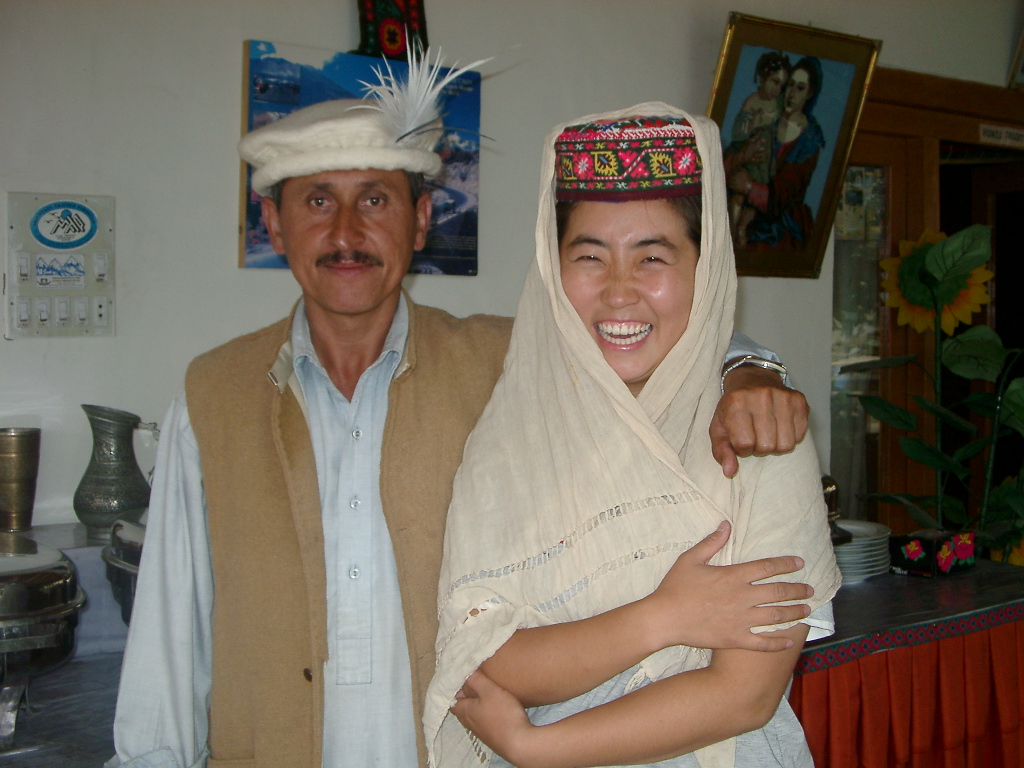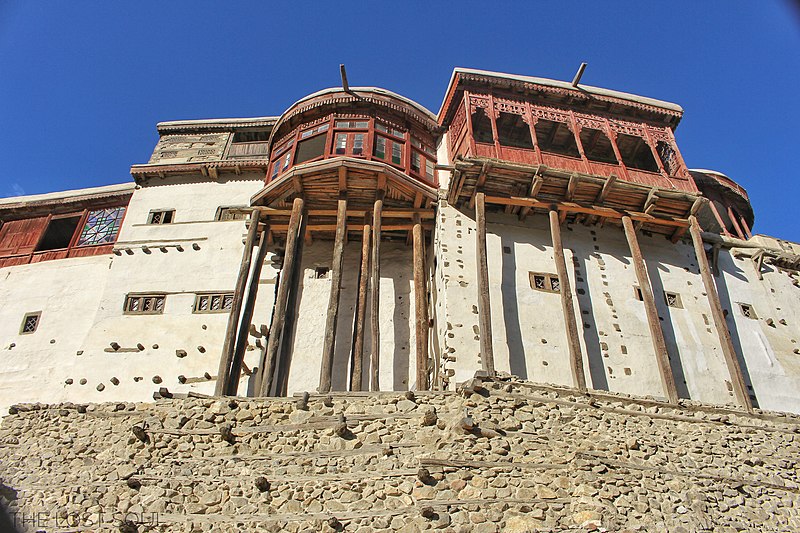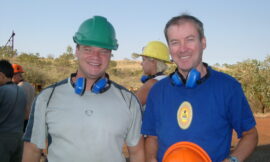Baltit Fort, a cultural and architectural gem nestled in the heart of the Hunza Valley in Gilgit-Baltistan, Pakistan, stands as a testament to the rich history and heritage of the region. Perched dramatically on a hilltop, this ancient fort overlooks the breathtaking landscapes of the Karakoram Range, including the majestic Ultar Sar, Ladyfinger Peak, and the Hunza River winding through the valley.

Historical Significance: Baltit Fort boasts a history that spans over seven centuries, making it one of the oldest surviving structures in the region. It served as the ancestral home of the Mirs, the hereditary rulers of Hunza. The fort’s origins can be traced back to the 14th century when it was constructed to defend the Hunza Valley from external threats and invasions.

Architectural Marvel: The architecture of Baltit Fort is a captivating blend of Tibetan, Central Asian, and Indian influences, reflecting the diverse cultural heritage of the Hunza Valley. The fort is constructed with local materials, including wood and stone, and features intricate carvings, geometric patterns, and decorative elements that showcase the craftsmanship of the artisans of that era.

The structure is characterized by its strategic location, providing both defensive advantages and panoramic views of the surrounding landscapes. The fort’s design includes watchtowers, ramparts, and a central courtyard, embodying the architectural wisdom of its builders.

Evolution and Renovation: Throughout its history, Baltit Fort underwent several expansions and renovations, adapting to the changing needs of its inhabitants. The most significant transformation occurred in the 16th century when the fort was expanded by Thum Khan, a ruler of Hunza. The architecture of the fort continued to evolve over the centuries, with subsequent rulers adding new sections and features.

In the late 1990s, recognizing the historical and cultural significance of Baltit Fort, a comprehensive restoration project was initiated by the Aga Khan Trust for Culture. The restoration aimed to preserve the fort’s authenticity while ensuring its structural integrity. The successful restoration efforts not only saved the fort from decay but also garnered international recognition, leading to Baltit Fort being designated as a UNESCO World Heritage Site.
Cultural Repository: Baltit Fort serves as a repository of the cultural heritage of the Hunza Valley. Its rooms and halls house a diverse collection of artifacts, traditional costumes, utensils, and historical memorabilia. Visitors can explore the fort’s various sections, including the audience hall, sleeping chambers, and the watchtower, gaining valuable insights into the daily life, traditions, and social structure of the Hunza people.
Tourist Attraction: Today, Baltit Fort stands as one of the major tourist attractions in the Hunza Valley, drawing visitors from across the globe. The fort’s location amid the stunning landscapes of the Karakoram Range, coupled with its historical significance, makes it a must-visit destination for those exploring the northern regions of Pakistan. Tourists can enjoy guided tours of the fort, immersing themselves in the captivating history and cultural heritage it represents.
Conclusion: Baltit Fort, perched on its hill overlooking the Hunza Valley, stands as a symbol of resilience, cultural richness, and architectural brilliance. Its centuries-old legacy echoes the stories of the Hunza rulers and the evolution of the region. As a living testament to the history and heritage of the Hunza Valley, Baltit Fort continues to enchant and inspire those who venture into its ancient corridors, making it an integral part of the cultural tapestry of northern Pakistan.



